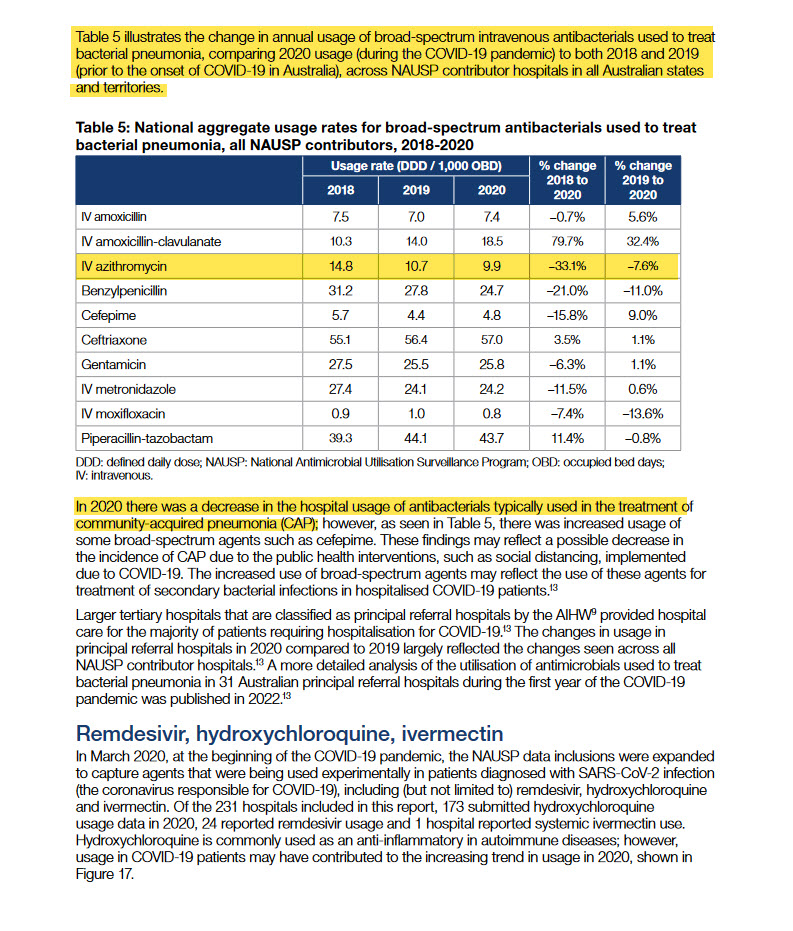A thought provoking 🧵
Paper published (16 Feb 2022) by Dept. of Health #Australia about utilisation of antimicrobials used to treat bacterial pneumonia in principal referral hospitals during the COVID-19 pandemic in 2020 beg some serious question.
#COVID19Aus
Paper published (16 Feb 2022) by Dept. of Health #Australia about utilisation of antimicrobials used to treat bacterial pneumonia in principal referral hospitals during the COVID-19 pandemic in 2020 beg some serious question.
#COVID19Aus
The paper mentions:-
"Overall usage (in 2020) of doxycycline, azithromycin, amoxicillin and cefuroxime decreased in principal referral hospitals compared to 2019." in #Australia
Please note, to treat bacterial pneumonia, you need doxycycline or azithromycin.
@Jikkyleaks
"Overall usage (in 2020) of doxycycline, azithromycin, amoxicillin and cefuroxime decreased in principal referral hospitals compared to 2019." in #Australia
Please note, to treat bacterial pneumonia, you need doxycycline or azithromycin.
@Jikkyleaks
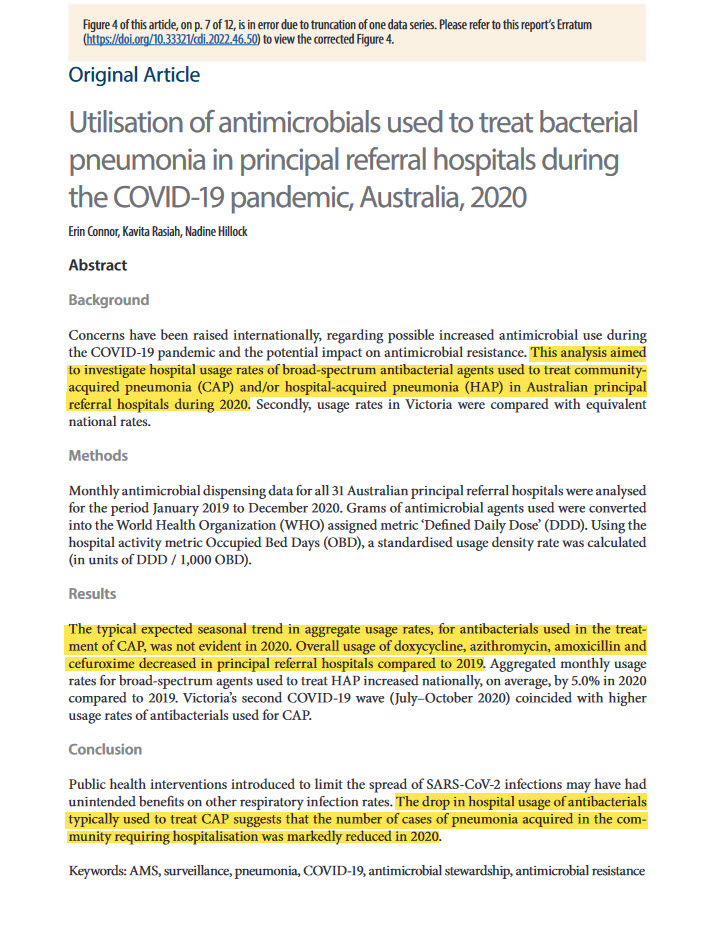
Antibacterials usage to treat community-acquired pneumonia in 2020 was not same as 2019
"In the non-critical-care setting, usage of oral amoxicillin and of oral azithromycin for the July to December period fell, on average, by 21.1% and 23.7% respectively between 2019 and 2020."
"In the non-critical-care setting, usage of oral amoxicillin and of oral azithromycin for the July to December period fell, on average, by 21.1% and 23.7% respectively between 2019 and 2020."
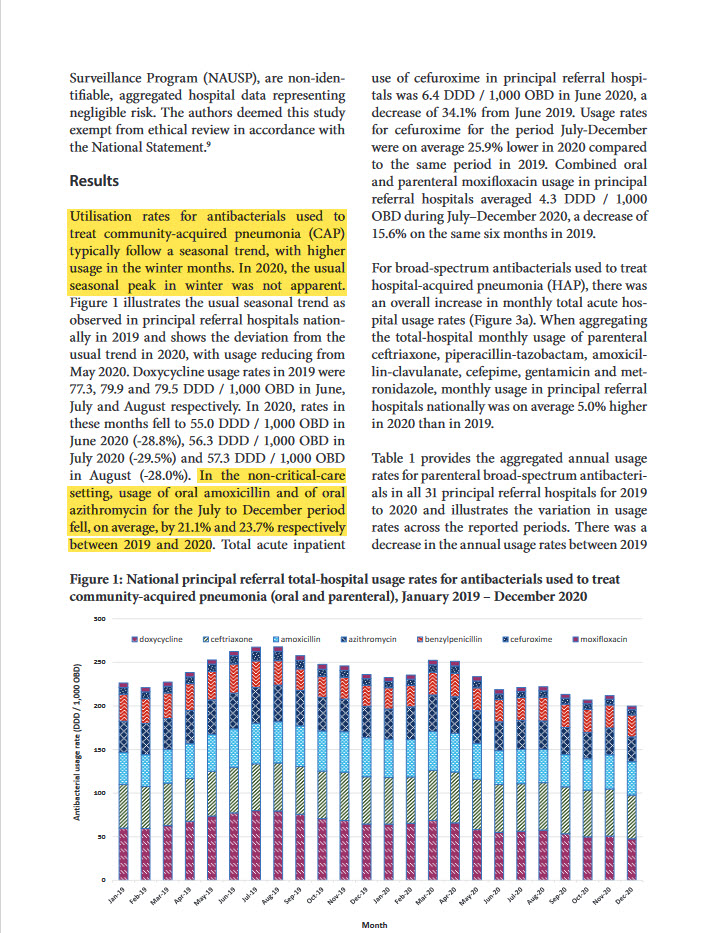
The paper mentions that data submitted to National Antimicrobial Utilisation Surveillance Program (NAUSP) in #Australia reflects dispensing and/or distribution, not actual consumption.
Hospitals were perhaps stocking up (Mar/April 2020) anticipating demand.
Hospitals were perhaps stocking up (Mar/April 2020) anticipating demand.

Paper also mentions that pandemic related interventions may have unintended benefits on non SARS-CoV-2 infections rates such as community-acquired pneumonia (CAP) - Can this be true?
Lab confirmed influenza was 8 times lower that the five-year avg.
#Australia
Lab confirmed influenza was 8 times lower that the five-year avg.
#Australia

A different report published by Dept. of Health #Australia about Antimicrobial use in Australian Hospitals during 2020 compared to 2019 which mentions that the total annual use of the macrolides (including azithromycin) fell across Australia (15.5% decline).
@Jikkyleaks
@Jikkyleaks

A very interesting entry in the report:-
"The reduction in hospital usage of antibacterials commonly used to treat community-acquired pneumonia, such as doxycycline and azithromycin, may be due to a reduction in the number of pneumonia cases in 2020."
@Jikkyleaks
"The reduction in hospital usage of antibacterials commonly used to treat community-acquired pneumonia, such as doxycycline and azithromycin, may be due to a reduction in the number of pneumonia cases in 2020."
@Jikkyleaks

RACGP #Australia did write an article about the clinical course of COVID-19 in April 2020.
www1.racgp.org.au/newsgp/clinica…
#COVID19Aus
#Australia
#3tablets
#COVID19

www1.racgp.org.au/newsgp/clinica…
#COVID19Aus
#Australia
#3tablets
#COVID19
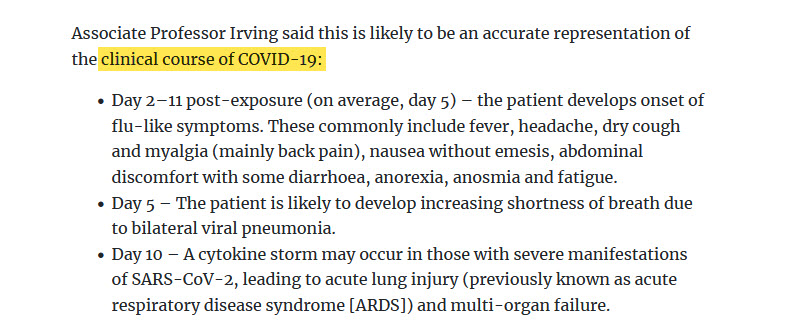
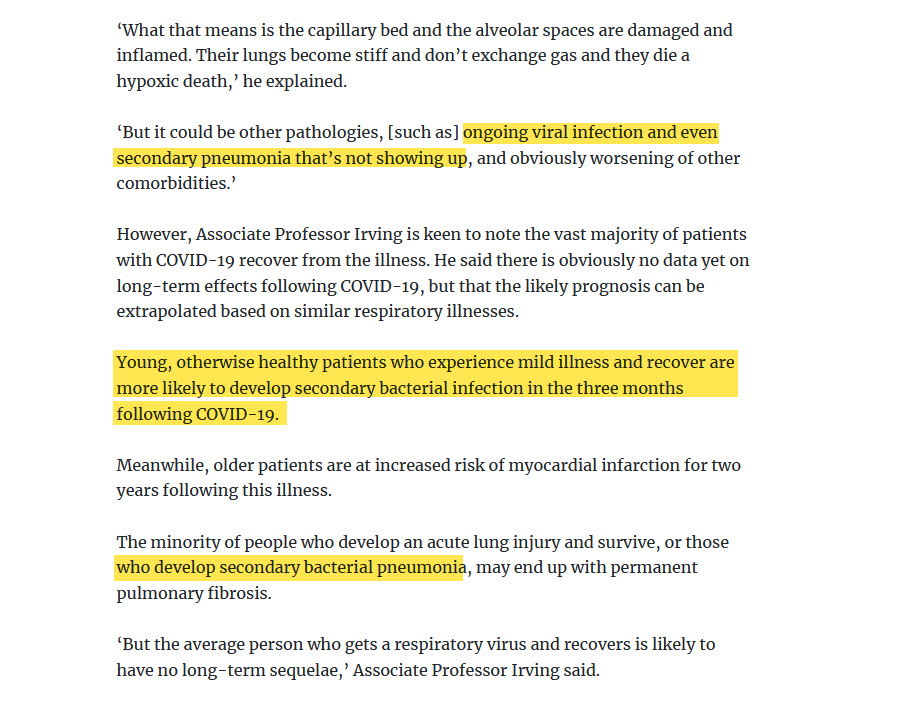
So, if Lab confirmed influenza was all time low AND there was reduction in community-acquired pneumonia (CAP) then what happened in 2020 in #Australia ? What caused so many deaths?
@Jikkyleaks @SenatorRennick @chrismartenson @razorback11111 @CKellyUAP
#3tablets
#COVID19Aus
@Jikkyleaks @SenatorRennick @chrismartenson @razorback11111 @CKellyUAP
#3tablets
#COVID19Aus
I'd like to remind that this was first brought to attention by @TheJikky who wrote about #3tablets
#COVID19Aus
#Australia
#3tablets
#COVID19
https://twitter.com/TheJikky/status/1603327735853629441?s=20
#COVID19Aus
#Australia
#3tablets
#COVID19
[Src 1]:-
www1.health.gov.au/internet/main/…
[Src 2]:-
amr.gov.au/sites/default/…
#COVID19Aus
#Australia
#3tablets
#COVID19
www1.health.gov.au/internet/main/…
[Src 2]:-
amr.gov.au/sites/default/…
#COVID19Aus
#Australia
#3tablets
#COVID19
• • •
Missing some Tweet in this thread? You can try to
force a refresh

